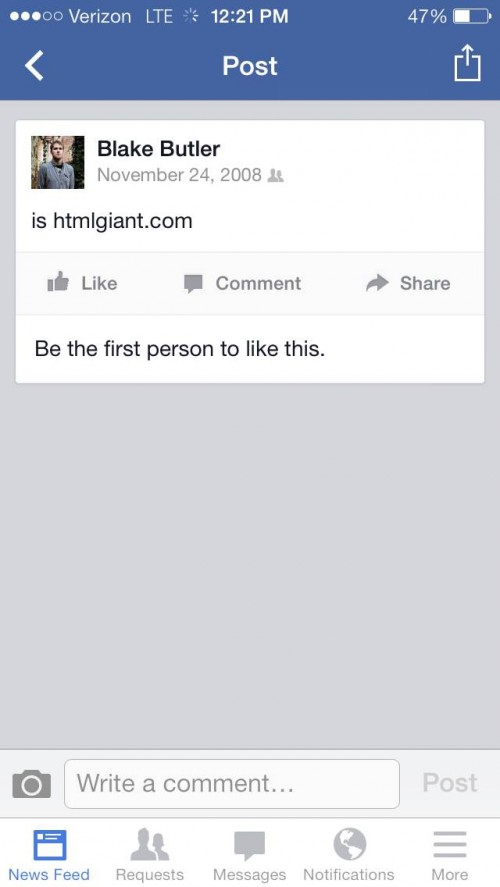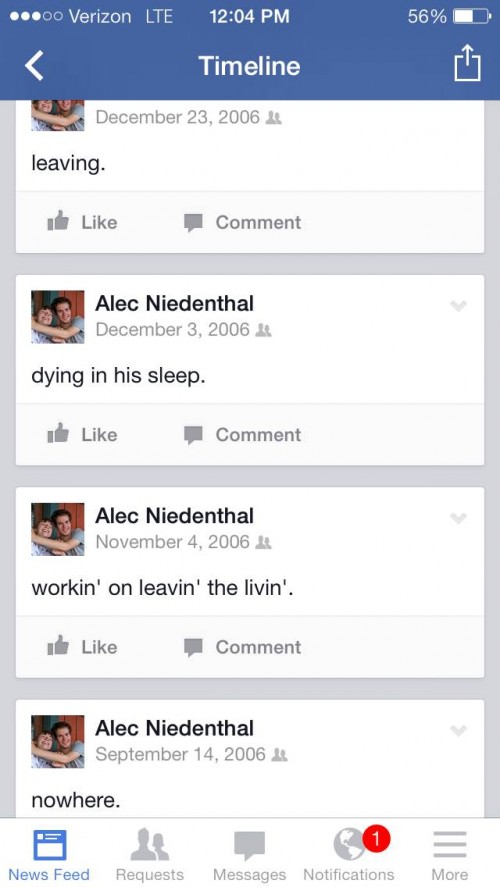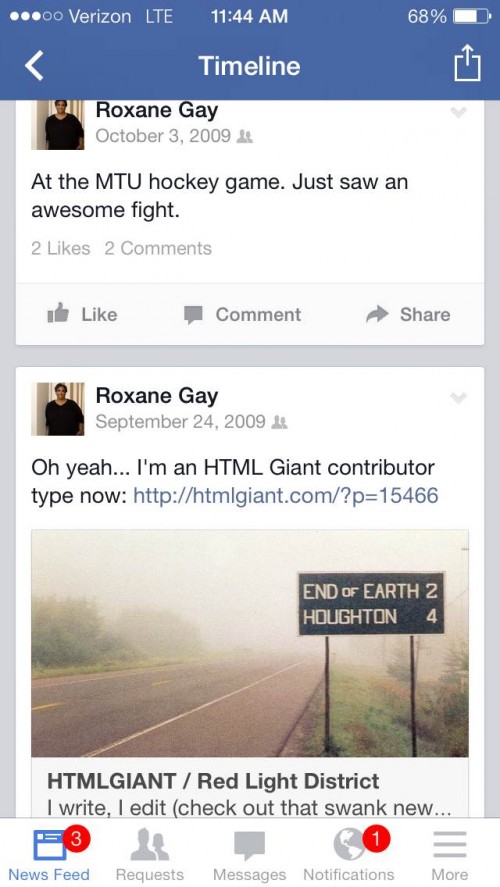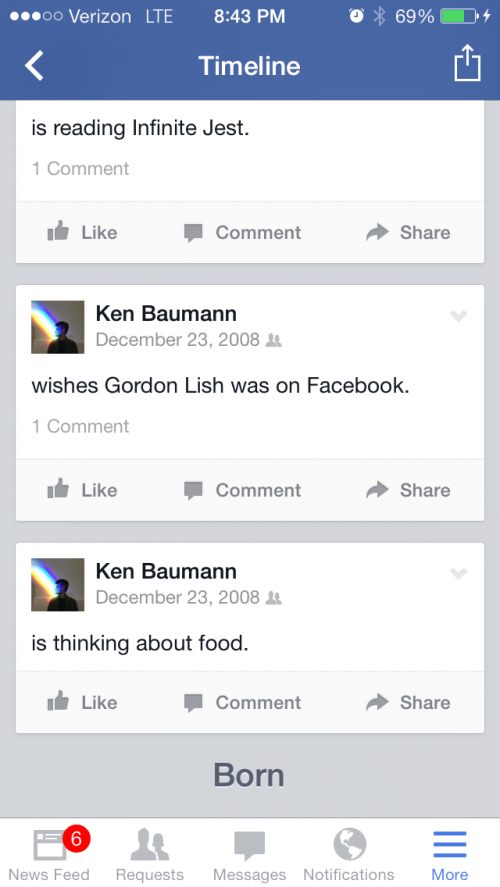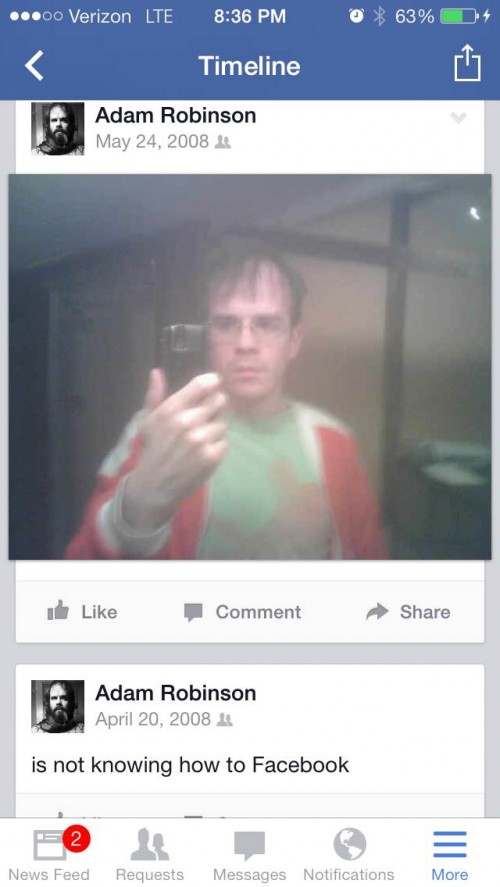Braver than most, Marek Waldorf has dared to spin literature out of the terrifying realm of political speechwriting. His debut novel, The Short Fall (Turtle Point Press), follows a speechwriter for a presidential campaign who has been left disabled after a botched attempt on the nominee’s life. In dense, lyrical prose, the narrator explores the campaign from its nascent form to the disastrous present, winding in and out of events as they lead his body to cross paths with the assassin’s bullet. If you think you’re up for a Bernhard-style treatment of American political rhetoric and its relationship to authenticity, idealism, and image making, then look no further. Marek was kind enough to answer some questions for HTMLGIANT via email.

***
Hal Hlavinka: In your professional life, you write grants for nonprofits like Girls Write Now. I’m interested in how your day-to-day contact with bureaucratese informed the lexical and logical frameworks of The Short Fall. More specifically, as the speechwriter’s paranoia unfolds, we start to read all sorts of fragmentary beliefs about the relationship between language and charisma, politics and fundraising, and I wonder to what degree these connections are carved from your day job.
Marek Waldorf: Grantwriting’s unusual in that you’re writing for a literally captive audience. Foundation officers are paid to read what you’re paid to write, allowing more freedom to be boring than, say, speechwriting or marketing. The latter I have very little understanding of. To be honest, I hadn’t moved into fundraising when writing The Short Fall—I was still a temp. But does the job involve more linguistic depletion than other writing professions? I don’t think we do too much damage: at one funder’s meeting I recently attended, grant applicants were encouraged to “step free of the jargon zone.” I’ll travel in & out of the zone fairly regularly, but I’m also—maybe more—interested in the infantilizing uses of language.
And TSF is less an immersion in bureaucratese than a recounting—a very long thought-balloon—of how people function within such immersion: the self-justifications, pretty stories, petty (&-not-so) delusions. There’s a recurring joke in TSF—particularly, section two—where the speechwriter spends pages explaining his craft & straining mightily on the pot of composition all in the service of (for instance) “A new day is rising in America.” Or let’s just say—one man’s unique susceptibility to language & its gaming.
HH: At your reading in Chicago, you mentioned that part of your strategy for writing The Short Fall, at least in the beginning, was to explore the narrator’s voice inside a dense, elliptical framework in the style of Thomas Bernhard. Can you talk a little bit about the challenges and benefits of using Bernhard’s notoriously demanding narrative aesthetic as a guide?
MW: Bernhard’s The Lime Works was a driving influence for sure—his books sort of cocoon the period of TSF’s writing. And, yes, I’ve often wondered about your well-taken second point. I worried Bernhard’s aesthetic wasn’t something you dabble in, that it demanded a lifelong engagement, but—fortunately for the book—I was chafing as well, right from the start. While there’s a show-off quality, an exuberance, to Bernhard’s style, it’s not one he conjures up at the level of “turning a phrase.” Whereas I can’t help myself. Two books I read during that period—Nicholson Baker’s U & I and Alexander Theroux’s An Adultery—seemed like masterful and disrespectful negotiations of that aesthetic (as is, I believe, Sheila Heti’s How Should a Person Be). To see distinctive work occupying the same ground that wasn’t pastiche—resemblances surfacing almost as matters of temperament—was reassuring. Of course TSF is also pulling hard in the direction of the American maximalist novel of disintegration. The politics, the stamp of its ambition, the presiding question of authenticity—all contrive to keep it on native soil.
HH: You began writing the novel in the nineties, only to finish it over a decade and two presidencies later. To what extent did your writing change—first with the Lewinsky scandal, followed by the disastrous Bush tenures, and finally the bittersweet state of the Obama administration—as the office and image of the POTUS has changed?
MW: I had TSF pretty much finished by 1995, so it is interesting to see what’s changed since I wrote the book, and what’s stayed the same, given the 20-year gap. The Society of Victims, for example, started life as a pun-laden left jab—watching it metastatize within the real world vs. the book has been interesting. And the emphasis on a politics of infantilization worked out well it seems … witness our progression to ubiquitous bathroom-acronyms like POTUS & SCOTUS! I’ll say this about political and science fiction, having attempted both—prescience ranks among their highest virtues. But mostly I feel the oddness of returning to something written by a much younger me. Its youthfulness detains me, and when I write about it now, I feel a bit like an impostor.
My hope at the time was TSF would welcome a certain type of reader, which wouldn’t necessarily track to how s/he voted. I’m not sure I succeeded entirely, but I believe the pressure of that instinct—to abstract out of partisan politics—was helpful. In retrospect, the Clintonian triangulating which led many of my peers to cynical despair &/or a vote for Nader feels like TSF’s operational baseline. The politics of encroachment-from-the-middle isn’t what’s happening now—Bush certainly changed that—but it’s due for a comeback, I imagine, and it doesn’t matter for the book, because the narrator has burrowed so deep into the campaign he doesn’t see Vance as up against anybody—only chance—and the idea of an alternative arises in terms of rhetorical tactics … as deployment, a trick. My aim in all this wasn’t ambiguity so much as an absence, like everything else below the neck the speechwriter can’t move or feel. Like SCOTUS, he’s all head.
READ MORE >


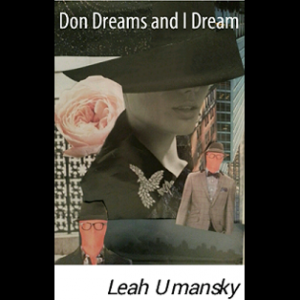

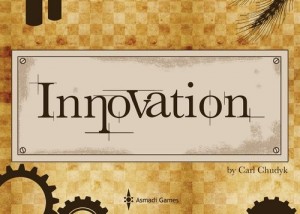 Innovation
Innovation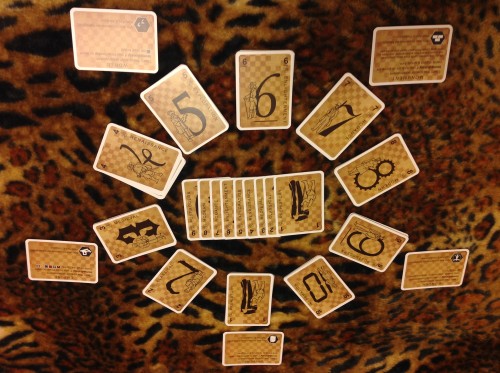
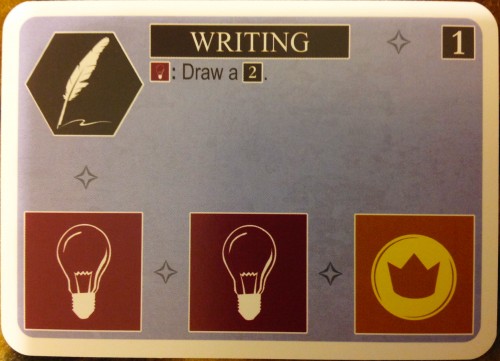
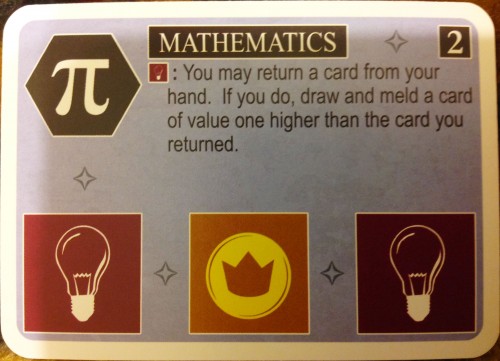
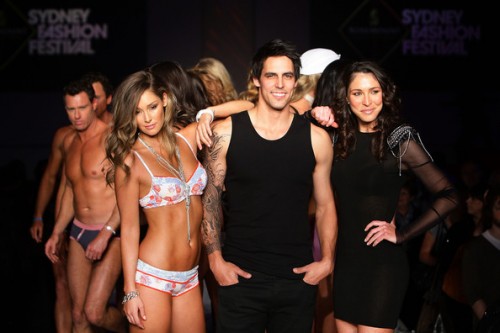

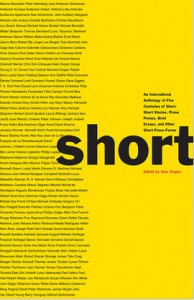 Short: An International Anthology of Five Centuries of Short-Short Stories, Prose Poems, Brief Essays, and Other Short Prose Forms
Short: An International Anthology of Five Centuries of Short-Short Stories, Prose Poems, Brief Essays, and Other Short Prose Forms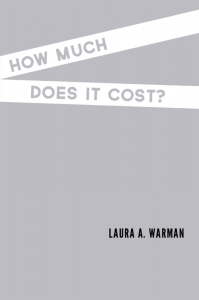 How Much Does it Cost?
How Much Does it Cost?

